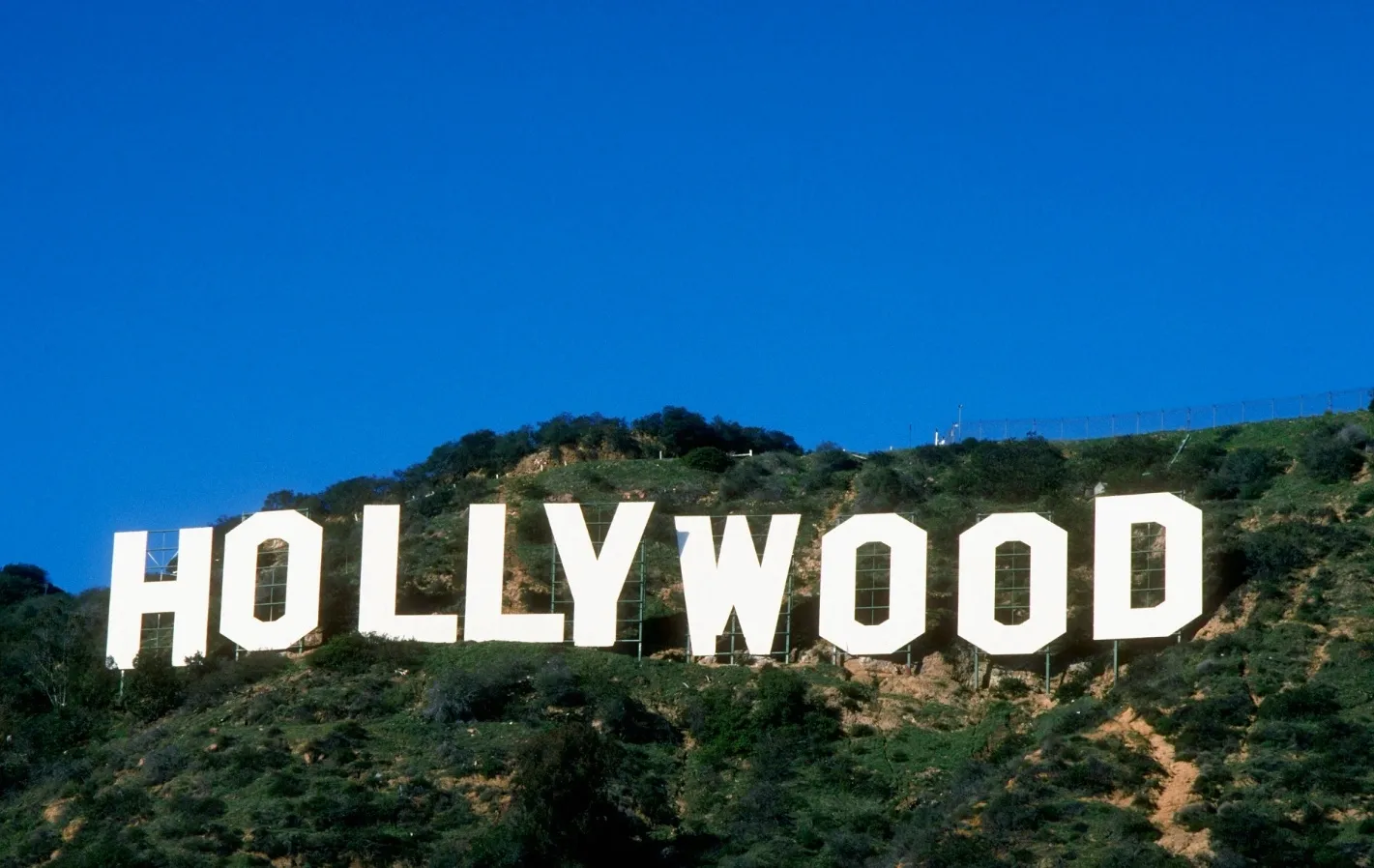Hollywood, a name synonymous with cinema, has become a global cultural icon. However, few know that behind the glitz and glamour lies a history of ups and downs, from its tentative first steps to its dominant position in the world’s entertainment industry.
Join “Du lịch khắp thế gian” (Travel the World) to explore the formation and development journey of “cinema capital” Hollywood, to better understand the process of transforming a remote area into the power center of the global film industry.
Humble Origins: The First Steps
In the early 1900s, when the film industry was still in its infancy, filmmakers began searching for ideal locations to produce movies. Southern California, with its mild climate, abundant sunshine, diverse terrain, and plentiful workforce, quickly attracted their attention.
In 1908, the film “The Count of Monte Cristo” was completed in Hollywood, marking a significant milestone in the area’s cinematic history. By 1911, Hollywood’s first film studio was established on Sunset Boulevard, ushering in a new era for the region. In a short time, Hollywood became home to about 20 film production companies, creating a vibrant and promising film community.

The Powerful Rise: The Golden Age
In 1913, Cecil B. DeMille, Jesse Lasky, Arthur Freed, and Samuel Goldwyn founded the Jesse Lasky Feature Play Company, the predecessor of Paramount Pictures. This event marked Hollywood’s powerful rise, turning it into the center of the American film industry by 1915, as many independent filmmakers moved from the East Coast.
Hollywood quickly asserted its position by producing a series of films in various genres, from comedy, drama, action, musical, romance, horror, science fiction to war epics. This diversity helped Hollywood attract a huge audience worldwide.
Post-War Changes: The Rise of Television
After World War II, the Hollywood film industry began to witness significant changes. Major film studios began to move out of Hollywood, making way for the development of television. Many famous lots and sound stages were converted into television production studios.
With the rise of television, Hollywood gradually transformed, becoming the center of the American television entertainment network in the early 1960s. Nevertheless, cinema still maintained an important role in Hollywood culture.
Hollywood Today: A Global Cultural Icon
Today, Hollywood is not just a neighborhood in Los Angeles but also a global cultural icon, a “mecca” of cinema. Although not all good films are produced in Hollywood, the name has become a proper noun, a metaphor for the American film industry.
Hollywood is famous for the “Walk of Fame,” which honors artists and filmmakers who have made significant contributions to the entertainment industry. In addition, visitors can also tour working studios, the Hollywood Bowl (natural amphitheater), the Greek Theatre in Griffith Park, Grauman’s Chinese Theatre, and the Hollywood Wax Museum.

Hollywood’s most recognizable symbol is the Hollywood sign on a hill. This sign is not only a famous tourist destination but also a symbol of success and the American dream.
Factors Contributing to Hollywood’s Success
So what made Hollywood so famous and successful? There are many factors, but here are some of the main reasons:
- Huge Audience: Hollywood films are released worldwide, attracting a large audience and fans. English, a language widely used globally, is also an important factor helping Hollywood films reach more people.
- Professionalism: Hollywood is famous for its high professionalism in every stage of production, from script, acting, cinematography, editing to visual and sound effects.
- Sticking to the Plot: Hollywood movies often stick to the main plot, without rambling, helping viewers easily follow and understand the message of the film.
- Advanced Technology and Graphics: Hollywood is always at the forefront in applying modern technology and graphics techniques to film production, creating visually stunning and impressive films.
- Vivid Sound Effects: Hollywood has proven that sound effects play an important role in creating the success of a film.

Conclusion
From a small neighborhood, Hollywood has risen to become the power center of the global film industry. Hollywood’s history is a story of creativity, innovation, and relentless effort from filmmakers. Despite many ups and downs and changes, Hollywood still maintains its position as a global cultural icon, an endless source of inspiration for those passionate about cinema. The Hollywood film industry continues to develop and shape global entertainment culture, affirming its irreplaceable position.